In our
**last article** , we gave you a primer to what astrophotography really is and what you can do in the field. There’s a lot that can be done like I said, but it mostly depends on two key factors: time and money. You need big investments to get good equipment for those crisp DSO images, and you need time to go location scouting, setting up equipment and post-processing your shots(which is a whole other world). [caption id=“attachment_4052613” align=“alignleft” width=“380”] Image credit: Pexels[/caption] So, what’s the simplest thing you can do in astrophotography? Wide-Field, as the title suggests. In this article, we’ll show you the kind of equipment you need for wide-field, along with what objects you can capture. The next article will involve the actual shooting process for one such object. Wide Field astrophotography involves using your DSLR and lens to shoot the night sky, without any extra equipment(to begin with). It’s called wide field because most photographers use wide-aperture lenses when shooting(although you can get creative and use zoom lenses too). [caption id=“attachment_4052605” align=“alignnone” width=“825”]
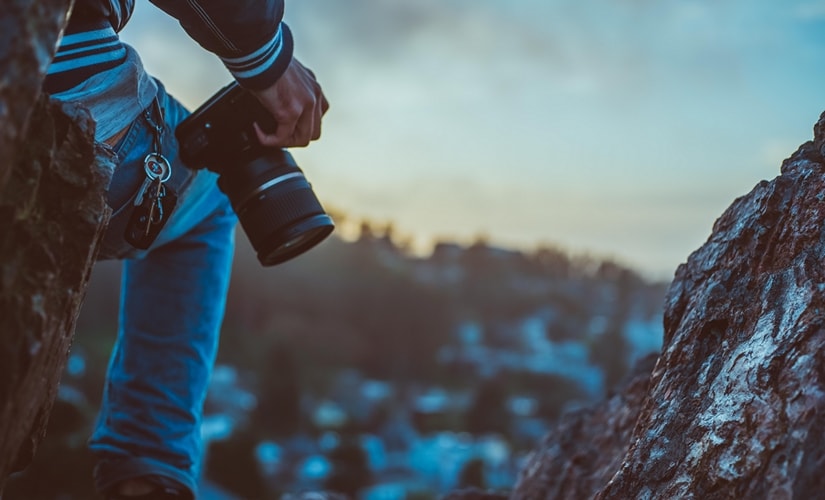 Image credit: Pexels[/caption] We’ll explain what all you need below:
Image credit: Pexels[/caption] We’ll explain what all you need below:
- Camera: We’ve mentioned mostly DSLRs from the past few articles, but really, if you have a camera with a decent wide angle focal length and also has a Manual Mode(M) setting, you should be set. However, DSLRs have a few advantages over fixed focal length cameras like point and shoots. They have what is called Bulb Mode(a setting that lets you keep the camera shutter open for an indefinite period of time, letting you capture as much light as you want). Also keep in mind that DSLRs will usually have much better ISO performance, which is paramount when shooting the night sky. Bad ISO performance results in way too much noise, which looks horrible in astro photos.
- Lens: If you’re going the DSLR route, you’ll also need a lens. Your kit lens will do for now, but a larger variety of lenses means a bigger number of objects that you’ll be able to photograph much better. For starters, what kind of lenses should you think of? The kind of photos you’ll be taking require fast-aperture lenses with wide focal lengths. That way, you get the maximum amount of detail in your photos(remember, astrophotography is all about the details). The most popular lens for shooting deep-sky is a 10-16 or 10-22 wide angle lens. This verges into the fisheye category but still gives you great detail with wide apertures. If you’re willing to get creative with your shooting, you can also use telephoto lenses to capture Deep Sky Objects like galaxies and the like, but keep in mind that’s not the only thing you need to capture such objects. That ventures into more time-consuming AP and something beyond the scope of this article.
- Tripod and tracking: most important of all, is a tripod. But why is a tripod so essential? For one thing, you almost always need to capture long exposures if you’re doing AP. And since you’re capturing such a distant subject, even the slightest disturbance will reflect in the image. Tripods eliminate as much of the shake as possible. Even with tripods, some photographers choose to release the shutter remotely without touching the camera, as the internal mirror can also cause what are called shutter vibrations. So what’s this about tracking? The Earth rotates on its axis, as we all know. That’s how we have nights and days. It’s the reason behind sunrises and sunsets. That rotation can also be noticed by you in the sky(stars will have changed positions in a few mins). It’s apparent when you take photos: the long exposures taken by your camera capture the stars moving across. Often, it results in a pretty result that people like, called star trails. But if you want pinpoint stars while taking shots, you need a tracking device. Tracking helps compensate for the Earth’s movement by slowly moving a little every minute. It’s not required at the beginner stage, as you also need to learn how to use it, but it’s a very useful tool later(and indispensable if you intend to do AP more often).
[caption id=“attachment_4052607” align=“alignnone” width=“825”] Image credit: Pexels[/caption] So, what all can you capture with a DLSR and tripod?
- DSLR and Kit lens: Basic constellations, Milky Way(under good conditions), meteor showers, comets(when apparent).
- DSLR and zoom lens(with tracking): some DSO objects, constellations, comets with detail, moon and phases of moon, the Sun.
- DSLR and wide angle lens(with tracking): Milky Way, constellations with nebulosity in them, etc.


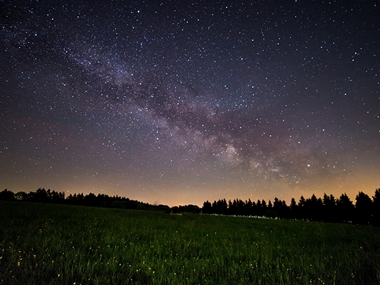)
)
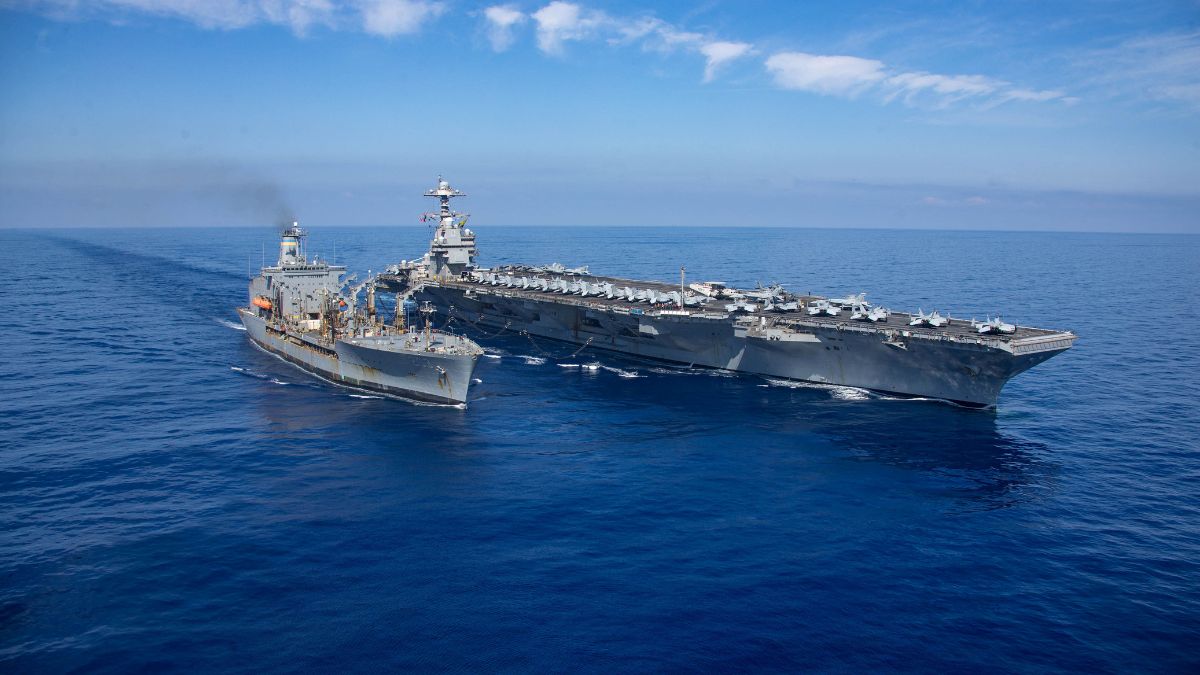)
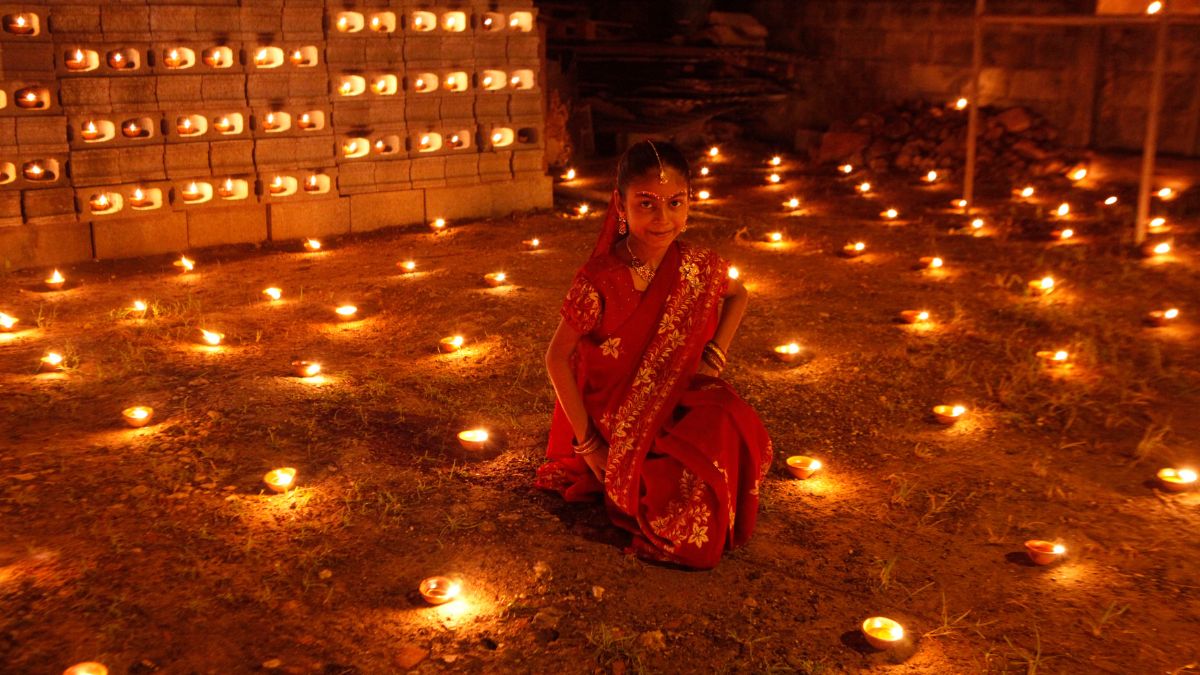)
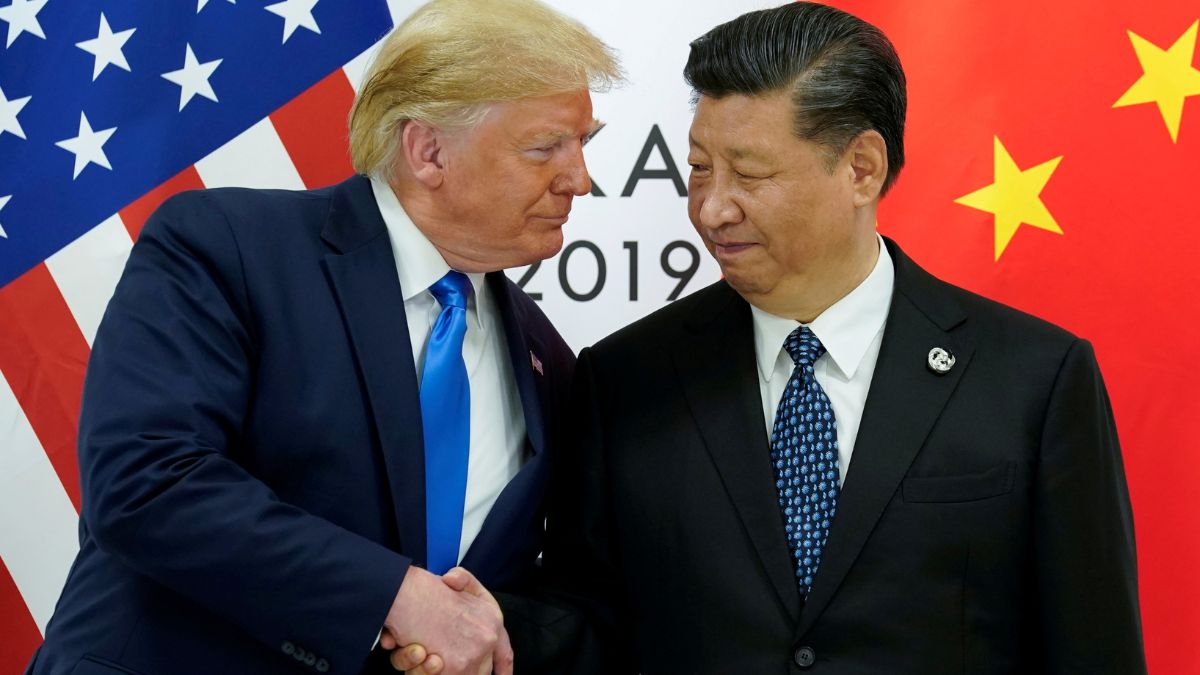)
)
)
)
)



